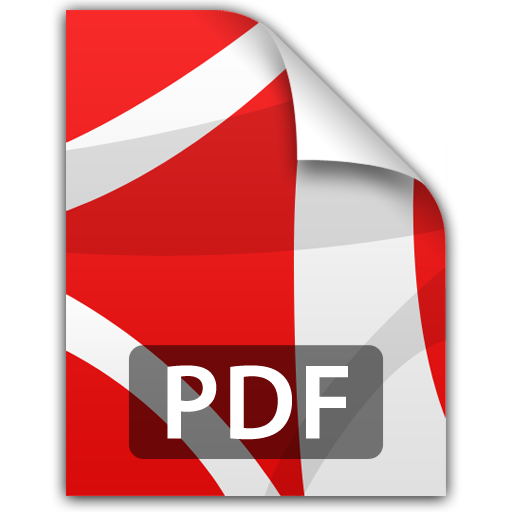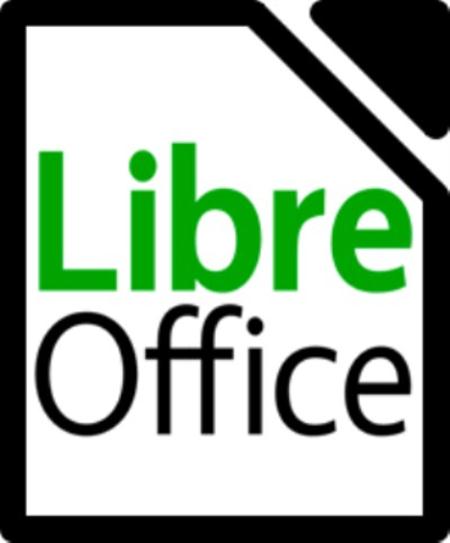VISUAL GUIDE: Create a new category in the Linux Mint Menu.
|
10 years ago 4 |
Introduction
This tutorial deals with setting up a new category in the Menu.
Because this tutorial is part of my Piraeus Bank Series the new category will be called Banking.
Once you have set up a Banking category in your Menu, you will probably want to populate it with links to your banks online login page (or maybe your e-Bay or Amazon account).
This subject is covered in a separate tutorial (see links to other Piraeus Bank Series tutorials at bottom of this webpage).
--------------------------------------------------------------------------------------------------------------------------------------------------------------
Create a new Banking category in Menu
a). Right cick Menu in the bottom left hand corner of your desktop and select Configure from the drop down menu.
. Right click Menu and select Configure.png?dl=0)
b). Click on the Open the menu editor button to customise your menu entries
. Right click on the Open the menu editor button.png?dl=0)
c). A Main Menu pop-up window opens up.
- Click on the New Menu button.
. Click on the New Menu button.png?dl=0)
d). Type in Banking in the Directory Properties window which opens up and click on the OK button.
. Type in Banking and click OK.png?dl=0)
e). You should now have a Banking applications category in the Linux Mint Menu.
At this stage there will only be the words Banking. You still need to create a Banking category Icon.
-
Right click on Banking and select Properties from the drop-down menu.
. Right click on Banking and select Properties.png?dl=0)
f). A Directory Properties window opens up with Banking already entered in the Name: data entry box.
-
Left click on the image of the green folder.
. Click on the image of a green folder.png?dl=0)
g). Linux Mint stores its system icons in
- /usr/share/icons/Mint-X
h). I decided to use the cs-privacy.svg image for my Banking Category icon. It is stored at:
- /usr/share/icons/Mint-X/apps/96
i).The Choose an icon window opens up in the Home directory.
![]()
j). Left Click on the arrow on the left hand side of your Home button. This will take you backwards towards root.
. Click on the arrow on the left hand side of your home button.png?dl=0)
k). Left Click on the icon of a computer. This will give you access to root and all the important system directories immediately above root .
- These are all important files which if corrupted would cause serious problems. Don't worry. You will not be able to change anything in these directories because you haven't given yourself root privaleges.
![]()
l). Your Choose an Icon window will now display all the files on the right hand side that you don't want to mess with (root, usr, tmp etc).
![]()
m). Navigate you way through to /usr/share/icons/Mint-X/apps/96
- Find and highlight usr and then Left Click on the OK button
- Find and highlight share and Left Click on the OK button
- Find and highlight icons and Left Click on the OK button
- etc
You should end up with the following information in the top left hand corner of your Choose and Icon window:
. Navigate through to Mint-X.png?dl=0)
n). Once you get to the Mint-X - App - 96 icon library:
- Scroll down, highlight cs-privacy.svg and click the OK button
![]()
o). Your Directory Properties window shows you that the Banking Category Icon that you are creating now has the cs-privacy.svg image associated with it:
- Left Click on the OK button.
![]()
p). The Main Menu shows that you now have a Banking category complete with an icon of a safe.
- Remember that what you are looking at is actually the Configure Main Menu window (even though it is called simply Main Menu).
![]()
q). So lets close the Main Menu window (which we know is actually the Configure Main Menu window).
From our Desktop we can then click on Menu and see our newly created Banking category in the actual Linux Mint Menu (complete with the icon of a safe that we selected).
- Right Click on the Close button in the right hand corner of the Main Menu window.
r). Where's my Banking Category!
- I opened up Menu from my Desktop and there's no Banking Category. What's happening?
. Banking category not showing up yet in Main Menu.png?dl=0)
The problem is that although you have created a Banking category, it is still empty. You haven't populated it with any programs (or icons that link to specific internet webpages). Linux Mint sees no value in displaying an empty Category, so it doesn't bother.
When you first load Linux Mint there is no Games category. However if you load Majoong onto your computer (from Software Manager) a Games Category and Majjong icon will instantly appear in the Menu.
s). Click on the relevant link in the Piraeus Bank Series section below to see how to set up an icon in the Banking category that will take you directly to the Piraeus Bank's online banking login webpage.
Once you have created an icon both your Banking category and your icon will be visible in the Menu.
--------------------------------------------------------------------------------------------------------------------------------------------------------------
Piraeus Bank Series

Tutorials
This tutorial is part of my Piraeus Bank Series, which includes the following Community.Linuxmint.com tutorials:
microHOWTO
The following microHOWTO does not warrent its own Community.Linuxmint.com tutorial, but may be of interest to people new to Linux Mint.
Click on the relevant icon below to download a copy in the format you desire.
- microHOWTO: Create a website shortcut on your desktop using "drag and drop".pdf
--------------------------------------------------------------------------------------------------------------------------------------------------------------
References
Comments
"Visual Guide" is very good.
It should become an own category in the tutorials section, btw
:-)
I like the visual kind of your tutorial, you should go ahead that way.
for making it not so long winded ;-) -
may be you should reduce the screenshots to an amount of really necessary
images shown, f.e. for
initiating a process / choose the button meant / executing
Magic Mint -
BEGINNER LEVEL seems to upset people, so I am changing over to VISUAL GUIDE.
I will probably keep the detail in downloadable Acrobat.pdf files and thin down the number of images in the online tutorials.
I am still enjoying learning how to present information visually and I had already arrived at the same conclusion as you, that my tutorials were getting too long winded.
Keep your comments coming.
It’s undoubtedly very well written, although I think that too much of a detail (i.e. images) makes it a little bit confusing, maybe even for a bloody beginner — it’s easier to get lost. For instance, if the address of a picture file is known as in the example, you can input it directly by clicking on the pencil icon (or by clicking on CTRL+L as in the file manager), which would save you a lot of clicking — which, in general, is better suited for discovering things.
The amazing level of detailed steps forces you to split up things to make up a menu category and to populate it — which the good sense suggests to be made at once. But your reader can’t as he’s directed to another tutorial where he’ll find similar images describing the same steps…
As a last thought, repeating the same steps for any kind of such launchers obfuscates the important fact that desktop and menu launchers (or an autostart launcher, for that matter) be the same kind of object (viz. a file executable by the desktop environment only): all have a command associated with them to open some other object, and they can be dragged around like files or folders, albeit with some restrictions. They can even be assigned a shortcut key to launch them !
Great job once again!
Nice how2.
A lot of work done for educating other people.
Want to think, they will appreciate it ...
big+

